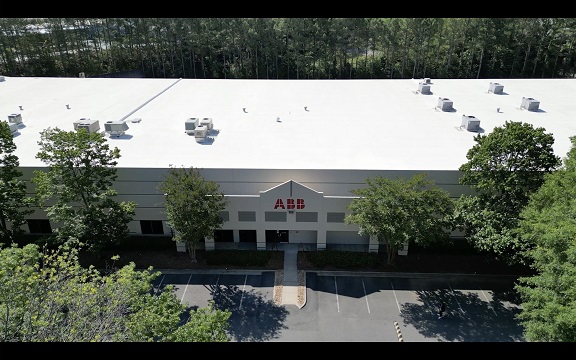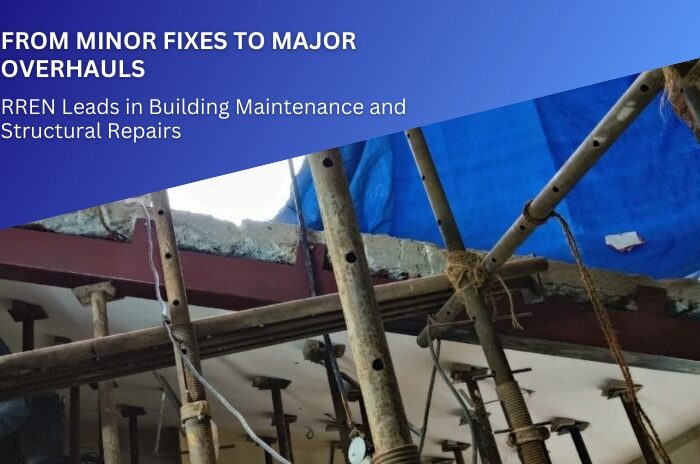As the safety and longevity of buildings become increasingly critical, especially in densely populated urban areas, two terms often come up in the realm of structural safety: structural audits and retrofitting. Both are essential for maintaining the health of a building, but they serve different purposes. In this blog, we’ll explore the difference between structural audits and retrofitting, when to choose which, and why both are vital in ensuring the safety and durability of any structure.
What is a Structural Audit?
A structural audit is a comprehensive assessment of a building’s structural integrity. It’s akin to a “health check-up” for a building, where engineers inspect the structural components such as beams, columns, foundations, and load-bearing walls to evaluate their condition. The primary goal of a structural audit is to identify any potential weaknesses or failures in the building’s structure before they become critical.
Key Components of a Structural Audit:
- Visual Inspection: Engineers conduct a thorough physical inspection of the building to spot cracks, corrosion, or other visible signs of wear and tear.
- Non-Destructive Testing (NDT): Techniques like ultrasonic testing, rebound hammer tests, help assess the internal strength of concrete and metal structures without damaging them.
- Documentation Review: Reviewing original design plans and comparing them with current conditions to assess if the building still conforms to its original design and code.
- Recommendations: Based on the findings, engineers provide a detailed report highlighting the areas that need attention and suggesting further actions, which might include repairs, retrofitting, or demolition in extreme cases.
What is Retrofitting?
Retrofitting involves modifying an existing structure to make it safer, more durable, or compliant with new building codes. It typically follows a structural audit or when a building needs to be upgraded to withstand new challenges like earthquakes, increased load requirements, or even modernization. Retrofitting can either be a partial upgrade of specific components or a comprehensive enhancement of the entire structure.
Types of Retrofitting:
- Seismic Retrofitting: Strengthening buildings to resist earthquakes, a common requirement in seismic zones.
- Load-Bearing Capacity Enhancement: Upgrading structures to accommodate increased loads, such as adding additional floors or converting a residential building to a commercial one.
- Environmental Retrofitting: Modifying buildings to be more energy-efficient or resilient against environmental factors like extreme weather conditions.
When to Choose a Structural Audit?
- Routine Inspections: Conducting a structural audit is necessary for all buildings at regular intervals. Typically, residential buildings should undergo audits every 5-10 years, while commercial or industrial buildings may require more frequent checks.
- After Natural Disasters: Post-earthquake or severe weather conditions, structural audits help determine if the building has sustained any hidden damage.
- Before Major Renovations: If you’re planning to renovate a building, a structural audit can help you understand if the structure is capable of supporting the proposed changes.
- Compliance with Building Codes: Many local authorities mandate structural audits for older buildings to ensure they meet modern building codes and safety standards.
When to Opt for Retrofitting?
- Post-Audit Recommendations: If a structural audit reveals significant weaknesses or risks in a building, retrofitting may be necessary to prevent further damage or accidents.
- Building Code Upgrades: If building codes have been updated since the structure was built, retrofitting may be required to meet the new standards, especially in seismic zones.
- Change in Usage: When a building changes its function—say, from residential to commercial—retrofitting may be needed to ensure it can handle increased load and different usage patterns.
- Prolonging Building Life: Retrofitting is a good choice when you want to extend the lifespan of an aging building without completely demolishing and rebuilding.
- Energy Efficiency and Sustainability: Retrofitting for energy efficiency can include better insulation, HVAC upgrades, or the installation of energy-efficient systems to reduce environmental impact.
Structural Audit or Retrofitting: A Decision-Making Guide
- Condition of the Building:
- Relatively New and Well-Maintained: Opt for routine structural audits to ensure everything remains in top condition.
- Aging or Showing Signs of Wear: If the building is showing signs of deterioration, a structural audit followed by retrofitting may be necessary.
- Post-Disaster Situation:
- Conduct a structural audit immediately after any natural disaster to assess damage.
- If significant weaknesses are found, retrofitting can restore the building’s strength and stability.
- Building Regulations and Code Compliance:
- Buildings built before current codes may require a structural audit to determine compliance.
- If it fails, retrofitting is the next step to bring it up to code.
- Financial Considerations:
- Structural Audits are typically more cost-effective in the short term, helping to identify problems early before they escalate.
- Retrofitting may involve a higher initial cost but can save money in the long run by preventing structural failures or the need for a complete rebuild.
Conclusion: Finding the Balance
Both structural audits and retrofitting are crucial for maintaining the safety, functionality, and longevity of buildings. While audits help identify potential issues, retrofitting provides the necessary upgrades to ensure that structures continue to meet modern safety standards. Regular audits and timely retrofitting can prevent catastrophic failures, protect lives, and extend the usable life of a building.
For building owners, architects, and engineers, the choice between structural audits and retrofitting depends on the age, condition, and usage of the building. In many cases, they go hand-in-hand, with audits guiding retrofitting decisions. Always consult with certified professionals to determine the best course of action for your specific structure.











